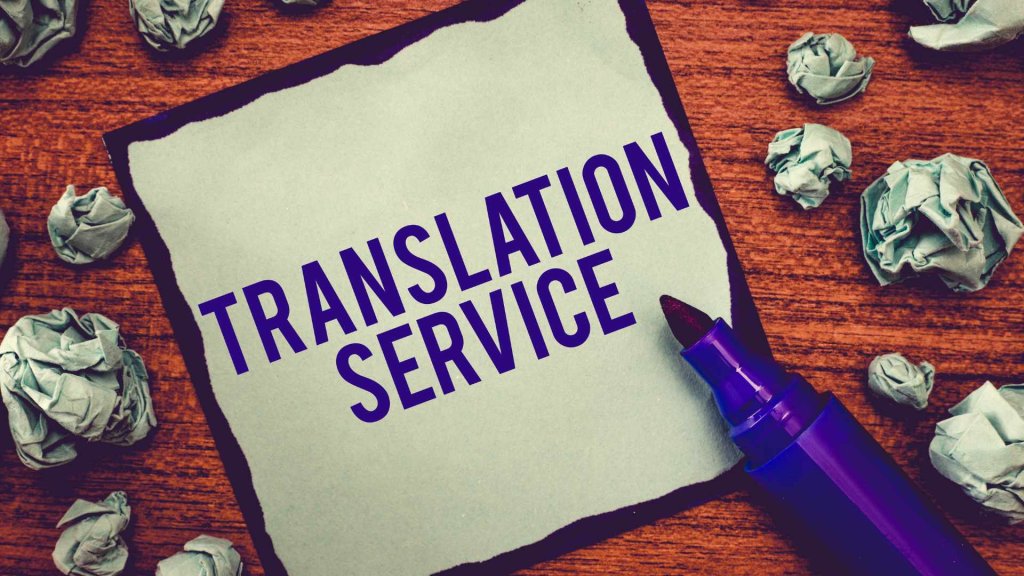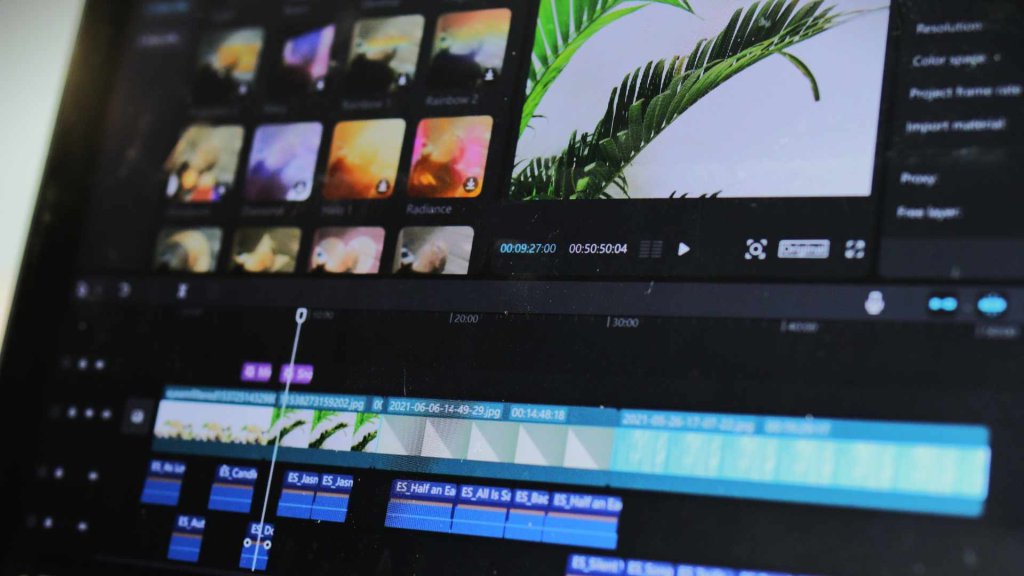VIEW BY TOPIC
- Finding Customers
- Business Systems
- Managing Employees
- Leadership
- Managing Money
Related Posts

Ready to Grow Your Business Fast?
Here’s How I Grew Five Businesses, and Eventually Sold One to a Fortune 500 Company.

Exploring Video Translation Services
Video content has solidified its position as a powerful medium for communication, education, and entertainment. Video translation goes beyond mere audio transcription. It involves a comprehensive approach to adapt video content for different linguistic and cultural contexts. Depending on the nature of your video project, editing may be necessary to extend the video’s duration and replace or overlay text in a different language.
Planning for Localization
When working on video projects that require localization, advanced planning is crucial. This process involves considering best practices for translated videos. Some essential considerations include avoiding content that may be culturally offensive to your target audience, allowing sufficient time for transitions during video editing, and ensuring that the final script of the video aligns seamlessly with the translated content.

Options for Video Translation
Now, let’s explore the various methods for translating video content, each offering unique advantages and considerations.
- Multilingual Subtitles: Cost-Effective Accessibility
Multilingual subtitles are a cost-effective way to expand your video’s reach. The original script is translated into the target language and added to the video with timestamps. Unlike closed captioning, subtitles cannot be turned off, making them an excellent choice for enhancing accessibility. YouTube videos often employ this option to cater to a global audience.
- Voice-Over Recording: Bridging Language Barriers
Voice-over recording replaces the original language track with a translation in the target language, typically narrated by a native speaker. This approach can be implemented through various methods:
- Dubbing: In dubbing, the original audio track is entirely replaced with the translated version. However, synchronization with the speaker’s mouth movements may not be precise, affecting the viewer’s experience.
- UN-Style: This approach reduces the volume of the original audio track while playing the translated track at full volume. It is commonly used in videos with global audiences, such as interviews, news reports, and international presentations.
- Lip Syncing: In lip syncing, the translated audio track is synchronized with the original speaker’s lip movements, similar to dubbing but more intricate and time-consuming.
- Combining Subtitles and Voice-Over: Maximizing Accessibility
Combining translated subtitles with an audio track offers a comprehensive approach to making videos accessible to diverse audiences, including those who are deaf or hard of hearing.
Optimizing Your Videos for Global Reach
Reaching a global audience goes beyond translation; it involves crafting content that resonates with international viewers. Here are some essential steps to consider during the creation process:
- Ensure your video has a global appeal by avoiding culture-specific references and humor.
- Understand cultural nuances and sensitivities, considering differences in color symbolism and numerical interpretations.

- Create evergreen content by avoiding short-lived references and time-sensitive data.
- Opt for voices with neutral accents for broader audience appeal.
- Design your video with subtitles in mind, allowing space for text and incorporating pauses for subtitle readability.
- Ensure location or culture-specific graphics are editable for translation.
- Keep all video-related files organized and accessible throughout the production process.
Embracing Multilingual Videos
Creating video content that appeals to a global audience is achievable but requires careful planning and consideration. Video translation is a crucial part of this process, enabling your message to transcend linguistic boundaries. To make the most of your multilingual videos, select a professional translation agency that can guide you through the various options and best practices. By doing so, you can ensure that your videos effectively engage diverse audiences worldwide, making a lasting impact in the digital realm.














